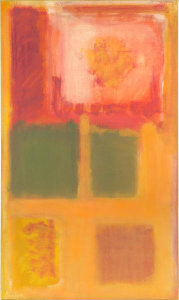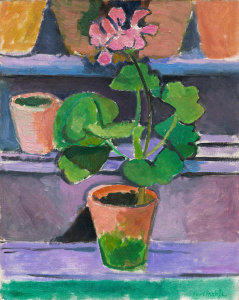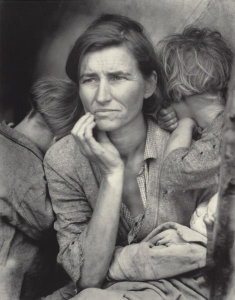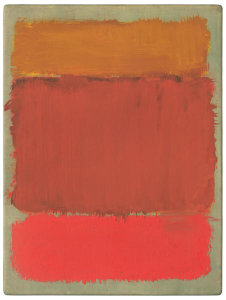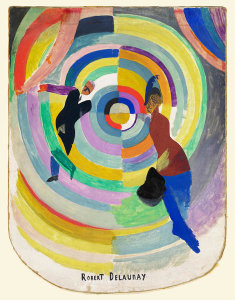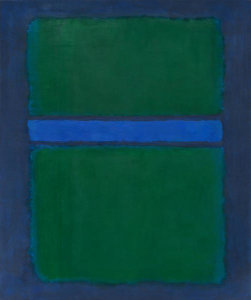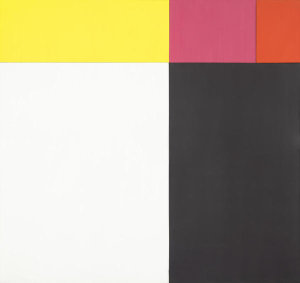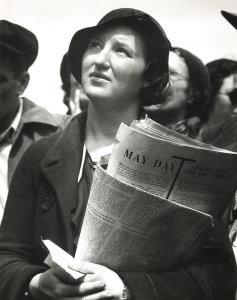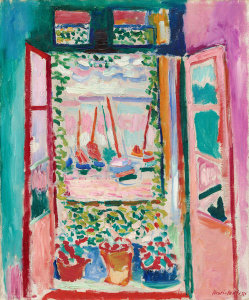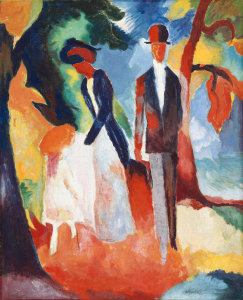Featured Collections
- Museum Collections
- View All Images
- 20th Century
- 19th Century
- 18th Century
- 17th Century
- Baroque
- Renaissance
- Medieval
- Special Collections
- African American Artists
- Women Artists
- Works on Paper
- American Art
- European Art
- Old Masters
- Popular Movements
- Impressionism
- Post-Impressionism
- Modernism
- Romanticism
- Special Exhibition
- The Stars We Do Not See: Australian Indigenous Art
Individually made-to-order for shipping within 10 business days
Artists
- Renaissance & Baroque
- Leonardo da Vinci
- Jan van Eyck
- Raphael
- El Greco
- Johannes Vermeer
- Jan Davisz de Heem
- Rembrandt van Rijn
Your Custom Prints order supports the National Gallery of Art
Subjects
- Landscapes
- All Landscapes
- Countryside
- Mountains
- Sunsets and Sunrises
- Still Life
- All Still Life
- Cuisine
- Floral
- Waterscapes
- All Waterscapes
- Harbors
- Ocean
- Rivers
- Waterfalls
- Religion and Spirituality
- Christianity
- Judaism
- Other Featured Subjects
- Abstract
- Animals
- Architecture
- Cuisine
- Flowers and Plants
- Portraits
- Boats and Ships
Prints and framing handmade to order in the USA
Top Sellers
- Edward Hopper, Ground Swell
- Henri Matisse, Open Window, Collioure
- Claude Monet, Woman with a Parasol
- Vincent van Gogh, Green Wheat Fields
- Jean-Honoré Fragonard, Young Girl Reading
- Vincent van Gogh, Roses
- Claude Monet, The Japanese Footbridge
- Claude Monet, The Artist's Garden in Argenteuil
- Thomas Cole, The Voyage of Life: Childhood
- Mark Rothko, Untitled
- Thomas Cole, The Voyage of Life: Manhood
- Henri Matisse, Woman with Amphora and Pomegranates
- Jan Davisz de Heem, Vase of Flowers, c. 1660
- Thomas Cole, The Voyage of Life: Youth
- Leonardo da Vinci, Ginevra de' Benci
- Auguste Renoir, Pont Neuf, Paris
- Johannes Vermeer, Woman Holding a Balance
- Claude Monet, The Bridge at Argenteuil
- Albert Bierstadt, The Last of the Buffalo
- Albert Bierstadt, Mount Corcoran
Could any of these be your choices too?


